Bold, innovative, progressive, experimental. Avant-garde. Now, if you’re not ‘fashion-forward’, it’s likely you’ve never heard of the word. The French term – originally used by the French military – means ‘advance guard’. The term has since been adapted to apply to the works of artists. So, with respect to fashion, avant-garde manifests artistry, unconventional designs and extraordinary ideas that are separate from the mainstream.
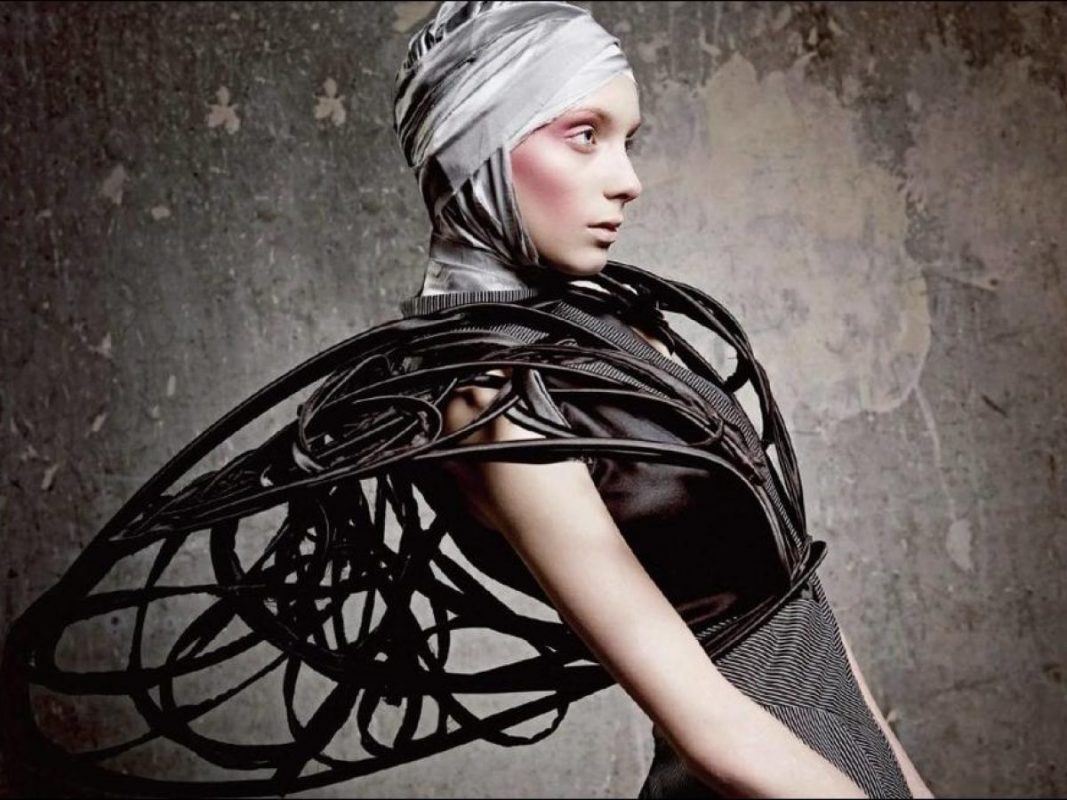
For some, avant-garde might be frightening, a little over the top or just plain silly. But the 21st century has seen an era emerge inundated with unorthodox, yet groundbreaking fashion and the best thing about it is it’s not stopping anytime soon.
History
In order to fully understand avant-garde fashion, it makes sense to take a deep dive into the inception of the word. Realism emerged as the after-effects of the Revolution of 1848. The Revolution saw the reign of Louis-Philippe overturned and the monarchy overthrown.
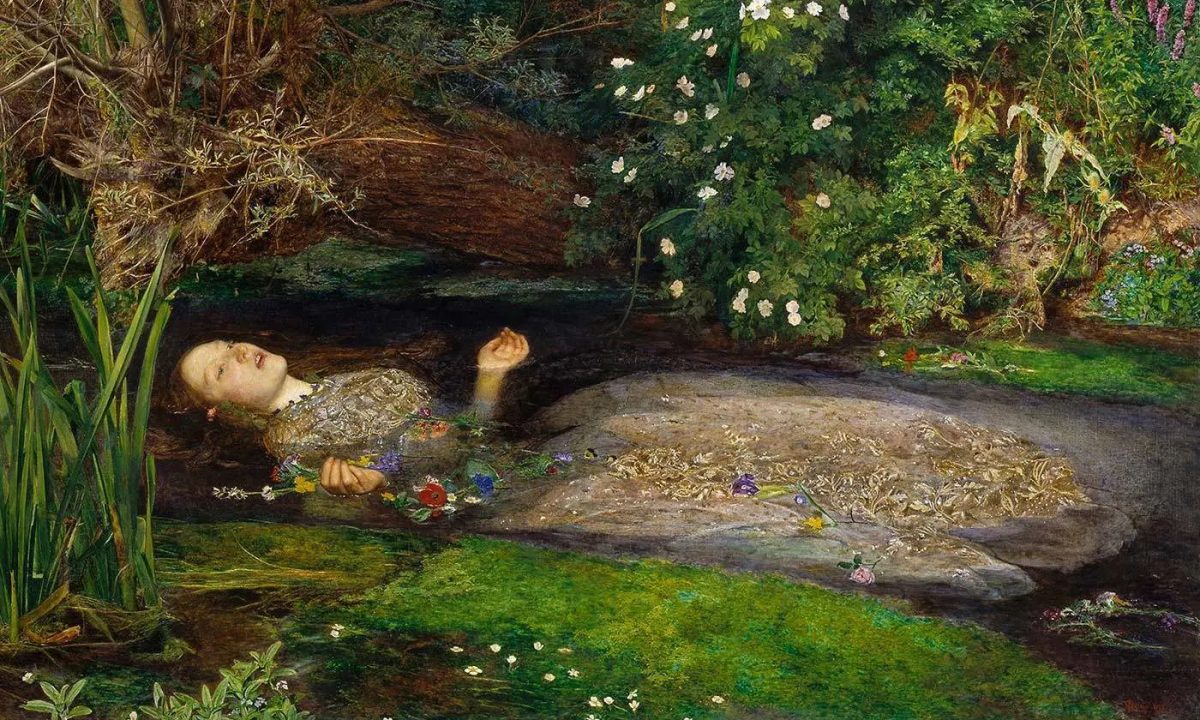
The Movement began in the mid-19th century as a reaction to Romanticism and History painting. The purpose? To convey a truthful and objective depiction of contemporary life. So, you’re probably wondering, what’s the relation between avant-garde fashion and realism?
Well, fashion is inspired by art. Since the beginning, fashion has stood parallel to art. So, when there is a huge turning point in the history of art, there is a revolutionary change in fashion design.
Moritz Baßler’s book, ‘Realisms of the Avant-Garde‘, is worth checking out if you want to know more about the correlation between realism, modernism and avant-garde.
The Father of Realism- Gustave Courbet
At the forefront of the Realism Movement, French painter, Gustave Courbet, committed to painting only what he could see. He insisted on pursuing the physical reality of the objects he observed. No longer fascinated by the work of the French Academy of Fine Arts, Courbet left classical and theatrical styles of art in the dust.
Notably, Courbet, in 1855 submitted, ‘The Painter’s Studio’, to the Salon (the most prestigious annual/biannual art exhibition in the world at the time). The rejection of the piece by the Salon Jury led to a greater uproar among artists. Later, an immense, 3000 more works are turned down. This prompted French Emperor, Napoleon III to announce that rejected paintings could be exhibited at the ‘Salon des Refusés‘ a nearby venue quite literally meaning, an ‘Exhibition of Rejects’.
“Painting is the representation of visible forms. The essence of realism in its negation of the ideal.” – Gustave-Courbet

Return to the modern-day and Salon des Refusés prevails at the S.H Ervin Gallery’s ‘alternative’ selection. The exhibition boasts diversity, humour and experimentation. Not simply, the ‘rejects’ of the Archibald and Wynne Prize, the alternative selection is a much-anticipated feature of the Sydney scene. A list of artworks to be exhibited will be announced on Wednesday 11th May 2022 and for those interested in viewing, you can attend the Gallery from 14th May until 24th July, 2022.
What Avant-Garde Looks Like
While many designers are concerned with what is marketable or desired in mainstream fashion, some have traded ordinary for extraordinary. Rei Kawakubo of Comme Des Garçons, Yohji Yamamoto, Vivienne Westwood and Yoshio Kubo are just a few of the designers making headlines for their creations but they’re not alone. What once started as a symbol of progress and exploration, the avant-garde has climbed the ladder onto fashion runways worldwide.
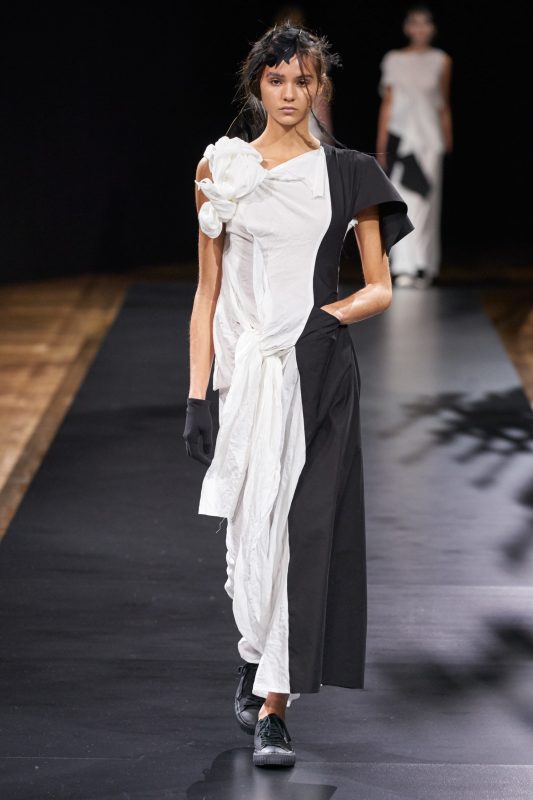
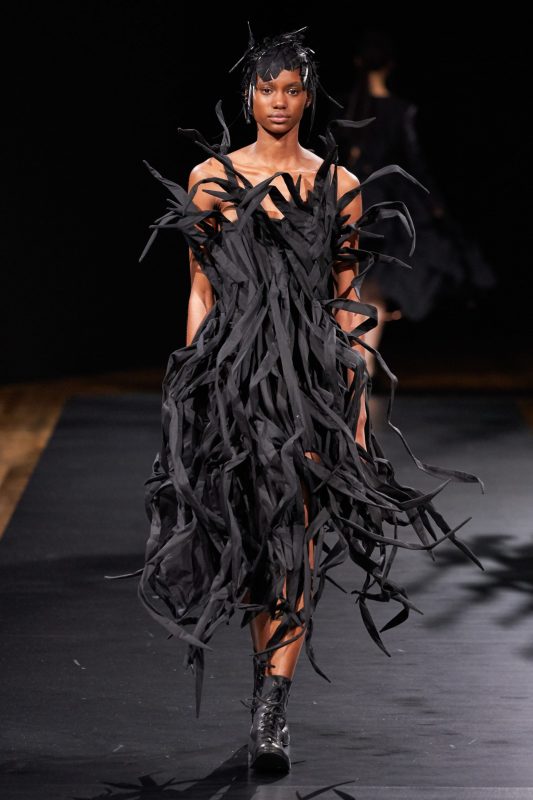
Now, you might be wondering, how does one wear the fashion? Well, best not to presume the purpose solely revolves around its practicality. Because that’s just not avant-garde. In the words of Rei Kawakubo,
“Personally, I don’t care about function at all. When I hear, ‘Where could you wear that?’ or ‘It’s not very wearable,’ or ‘Who would wear that?’… to me, it’s just a sign that someone missed the point.”
Some of the aesthetics occupying the runway are voluminous and textured, others spacey and utilitarian. The avant-garde isn’t restricted to just a few colours, fabrics or volumes and that’s the beauty of it.
Rei Kawakubo
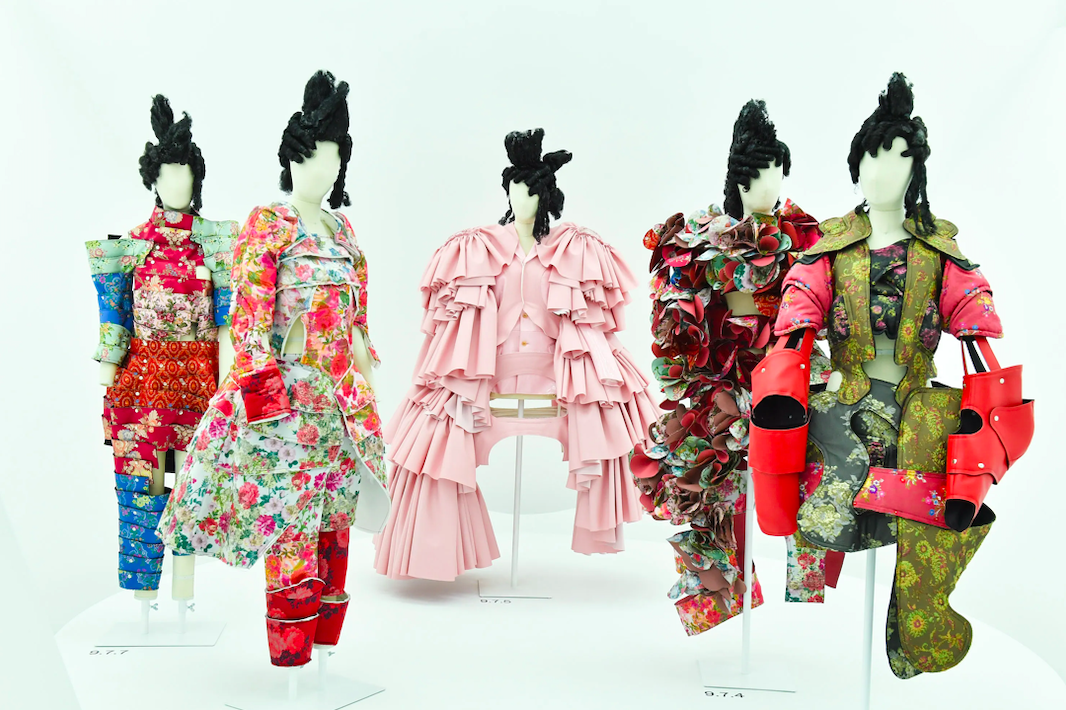
There is no better place to start, than with visionary and influential, Japanese fashion designer Rei Kawakubo of Comme Des Garçons. Kawakubo made her mark on the fashion industry through her talented eye and unique perspective. She has reframed ideas of beauty, the connection between body and dress and ultimately redefined the scope of fashion over decades.
Though her intention was never to start a revolution, her notion varied from everyone else. Rei believes that she must stay in a constant flow of creativity, worried that if she takes a break, she “won’t be able to get back there again”. Kawakubo goes on to tell The Cut that,
“People will most probably conform to live their lives within their boundaries, which would in a sense keep us from moving forward. And that is what I am worried about. To create fashion and art, we need a mind to do outrageous things, to be different from others, and to let yourself go.”
Yohji Yamamoto
Yohji Yamamoto is a lazy designer when it comes to colour. Yamamoto, born in Tokyo, flourishes in his concepts of design, but they’re predominantly black. His book, Talking to Myself (2002), explores the mystery behind his avant-garde design choices.
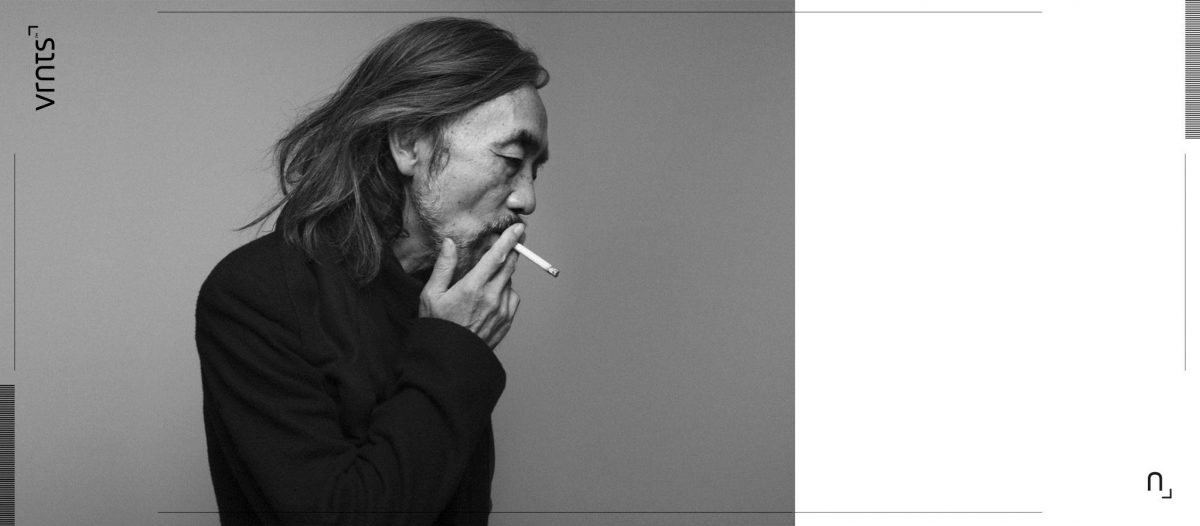
His world is overwhelmed by black and white symbols, with colour rarely making an appearance. Leaving everyone who comes into contact with his work, curious and transfixed.
Vivienne Westwood
A symbol of the British avant-garde, Vivienne presents a subversive take on fashion. Her passion for fashion is matched with her avidness toward activism. Hand in hand, the icon defied street culture and raised awareness of environmental and human rights issues. Her contribution to British fashion was officially recognised when she was appointed Dame of the British Empire by Queen Elizabeth II in 2006. As for the corset, which not only regularly features on the runway, but is hugely popular with Gen Z, Vivienne made it happen. Reclaimed as a symbol of female liberation and empowerment, leaving the traditional purpose of the undergarment in the shadows.
“All my ideas come from studying the ideas of the past. There is a link between art and fashion. I couldn’t design a thing if I didn’t look at art.” – Vivienne Westwood

So, what is avant-garde fashion really about? Is it the concept or the representation? Is it the challenge or the unexpectedness it presents? Well, there is no denying, that avant-garde goes against the grain. It’s courageous and imaginative, expressive and fascinating. I guess it goes without saying, the Average Joe probably won’t be too fond of it.
Honourable Mentions
Keep an eye out for some up-and-coming Avant-garde designers. Gregory Ojakpe, Cha Myung and Ryunosuke Okazaki have already graciously granted us the diversity we crave and left us wanting more!
Before you leave, check out FASHION INDUSTRY BROADCAST’S groundbreaking new art books, ‘Yohji‘ and ‘Rei‘ as part of our RENEGADES OF FASHION series.
Subscribe to FIB’s Weekly Breaking News Report for your weekly dose of music, fashion and pop culture news!







